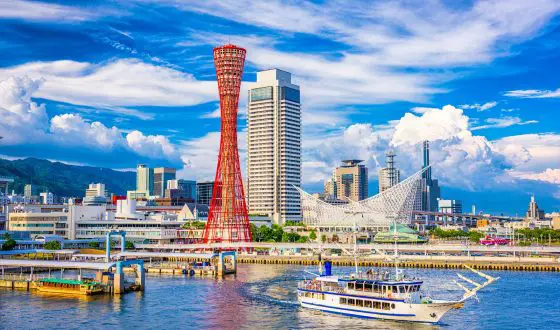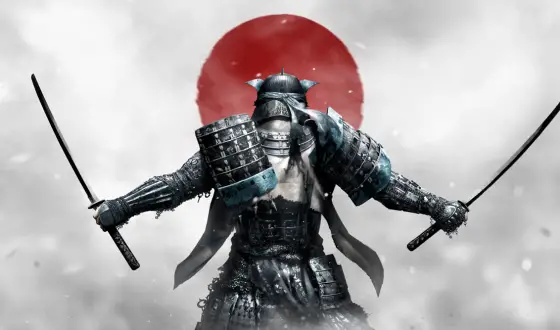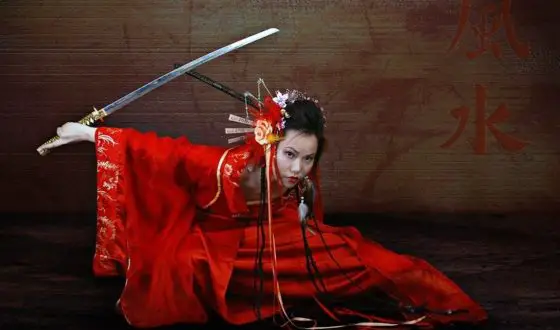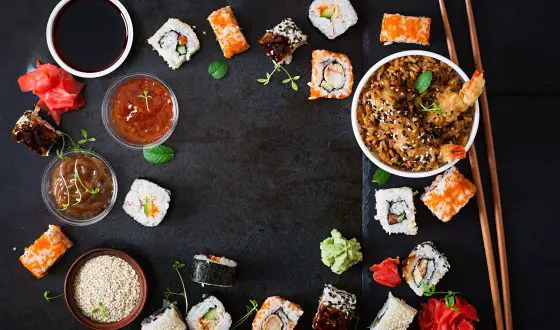Best Books About Japan History – Recommended by Expert
Japan’s history is a tapestry of remarkable events, influential figures, and cultural transformations. From the ancient times of samurai warriors and feudal societies to the modernization era and beyond, there is much to uncover and learn. The selected books we will discuss provide a gateway to understanding the essence of Japan’s past, shedding light on pivotal moments, social dynamics, and the evolution of its traditions.
These best books about Japan’s history encompass a range of themes, including political shifts, cultural developments, wartime experiences, and personal narratives. Each offers a unique perspective and author’s interpretation, presenting a well-rounded picture of Japan’s historical journey.
Whether you’re a history enthusiast, a student, or simply someone intrigued by Japan’s vibrant past, these books will transport you through time and immerse you in its captivating narratives. Join us as we embark on a literary exploration of the best books about Japan’s history, and discover the stories that have shaped this extraordinary nation.












12 Best Books About Japan History
1. Japan: A Short History (Short Histories)
One of the greatest books on Japanese history is Japan: A Short History. Mikiso Hane is the author of numerous works on Japanese history and was the Szold Distinguished Professor Emeritus of History at Knox College in Illinois.
Hane discusses the most important historical occurrences in Japan during the course of this book, which spans a 10,000-year period with an emphasis on the recent 200 years. In addition to discussing society, culture, economy, and politics, he pays close attention to how situations are changing for groups like women, peasants, and others whose histories are frequently more obscure.
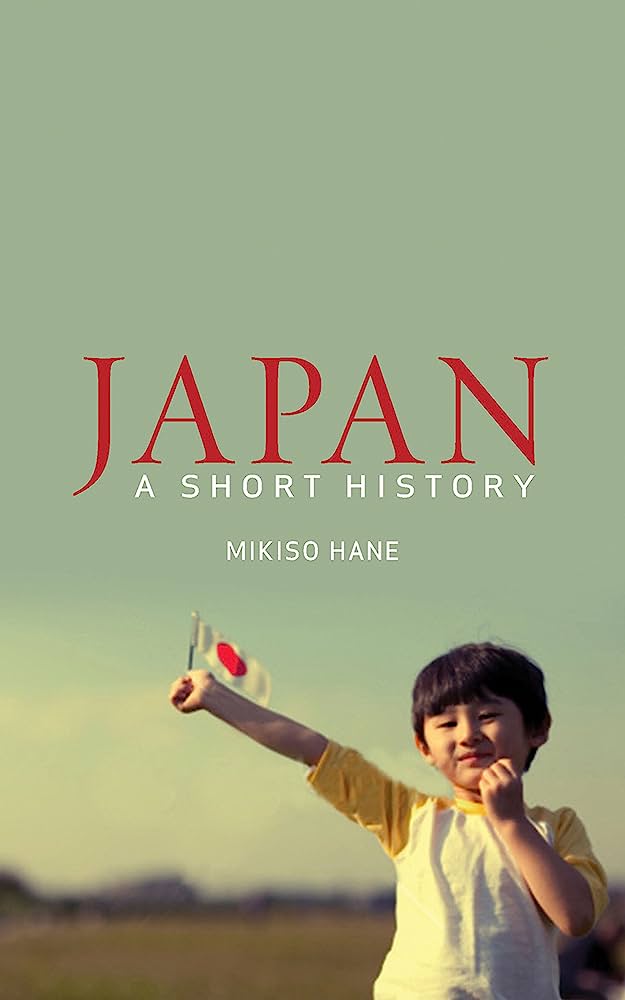
One of the greatest books on Japanese history is Japan: A Short History. (Source: Internet)
Anyone interested in learning about Japan and its people should read Japan: A Short History. One of the less daunting novels on our list due to the book’s clarity and conciseness.
- Used Book in Good Condition
- Hane, Mikiso (Author)
- English (Publication Language)
- 256 Pages - 10/01/2013 (Publication Date) - Oneworld Publications (Publisher)
2. A History of Japan to 1334
A history of Japan from 1334 to 1867 is covered in the three volumes of A History of Japan. George Sansom, the author, was a British ambassador who served as a pre-modern Japanese historian. He was renowned for his historical analyses and for paying close attention to Japanese society and culture.

A history of Japan from 1334 to 1867 is covered in the three volumes of A History of Japan. (Source: Internet)
His book on Japanese history is regarded as one of the most important works on the subject and is quite authoritative. George Sansom, who is arguably the most renowned historian to have written on Japan, is often regarded as having spent his whole life working on this trilogy. This book about Japanese history is among the most thorough and detailed ones available.
The volumes explore the tension between a refined urban nobility and a warlike country gentry as well as the development of a state from tribal roots.
- Used Book in Good Condition
- George Sansom (Author)
- English (Publication Language)
- 528 Pages - 06/01/1958 (Publication Date) - Stanford University Press (Publisher)
You can also like:
- Shabu Shabu and Hot Pot: Exploring the Differences and Delights of Asian Hot Pot Cuisine
- Exploring The Enchanting World Of Toys At Tokyo Toy Museum
- Decoding the Japanese Calendar: What Japanese Year Is It?
3. Japan Rising: The Iwakura Embassy to the USA and Europe
One of the finest histories of Japan is called Japan Rising. Japanese scholar Kume Kunitake lived throughout the Meiji and Taisho eras. He was a professor and an accomplished writer throughout his life.
A high-ranking Japanese delegation traveled to the United States and Europe in 1871 to negotiate treaties and trade agreements. Japan Rising chronicles these events. They spent eight months around the USA before studying the British manufacturing sector, German weapons, and French culture. The account of this significant turning point in modern Japanese history is told in this book, along with how it contributed to making Japan into the nation it is today.
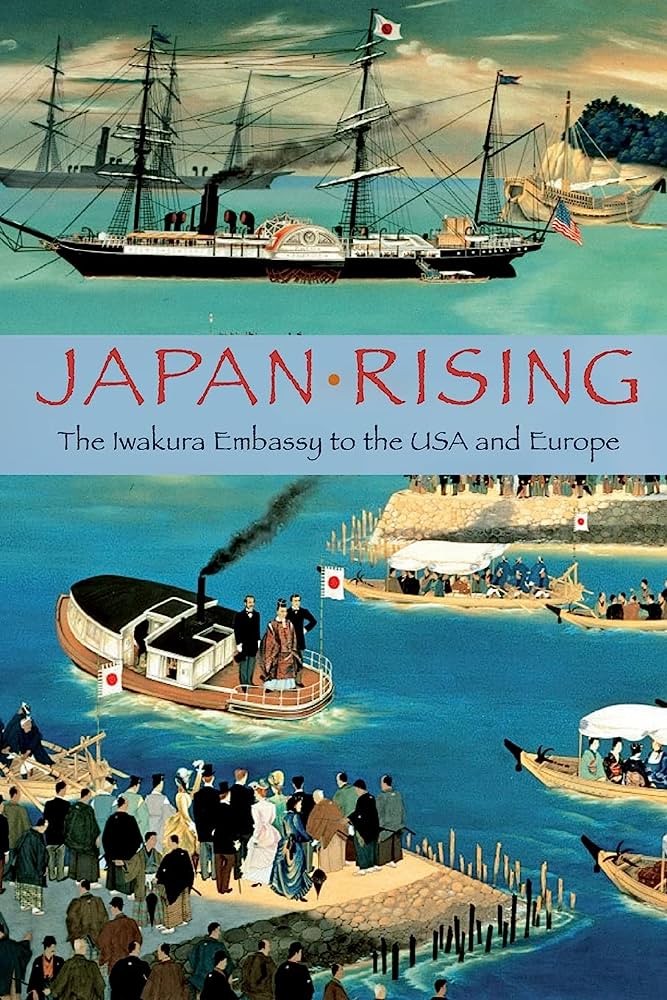
One of the finest histories of Japan is called Japan Rising. Japanese scholar Kume Kunitake lived throughout the Meiji and Taisho eras. (Source: Internet)
- Used Book in Good Condition
- Kunitake, Kume (Author)
- English (Publication Language)
- 558 Pages - 04/27/2009 (Publication Date) - Cambridge University Press (Publisher)
4. Bending Adversity: Japan and the Art of Survival
One of the greatest books on Japanese history is called Bending Adversity. With the help of observations from a cross-section of Japanese citizens, including novelist Haruki Murakami, former prime minister Junichiro Koizumi, industrialists and bankers, activists and artists, teenagers and octogenarians, Pilling offers a new perspective on Japan. Pilling’s Bending Adversity effectively depicts the vibrancy and diversity of modern Japan via their voices.

One of the greatest books on Japanese history is called Bending Adversity. (Source: Internet)
Over the course of 20 years, David Pilling has worked as a foreign correspondent for the Financial Times, reporting from at least 50 different nations. In addition, Pilling is an excellent writer who can make even the most difficult subjects understandable to a broad audience. Bending Adversity is a must-read for anybody interested in Japanese history as a result.
- Pilling, David (Author)
- English (Publication Language)
- 432 Pages - 02/24/2015 (Publication Date) - Penguin Books (Publisher)
5. 1964 – The Greatest Year in the History of Japan: How the Tokyo Olympics Symbolized Japan’s Miraculous Rise from the Ashes
Among the best books on Japanese history is widely regarded as being Roy Tomizawa 1964 – The Greatest Year in the History of Japan. The greatest Asian economic miracle of the 20th century began in Japan, as Roy Tomizawa relates how the country emerged from the ruins.
He recounts events from the Olympics of 1964, which brought about a degree of unity and pride in one’s country never before witnessed in Japan and left a lasting impression on future generations of Japanese people.

Among the best books on Japanese history is widely regarded as being Roy Tomizawa 1964 – The Greatest Year in the History of Japan. (Source: Internet)
The book ties together an astounding variety of tales that are related to the 1964 Tokyo Olympics, but when taken as a whole, they provide a comprehensive portrait of Japanese history. This book has everything, from tales of the Cold War to Godzilla! Anyone interested in learning about Japan’s ascent to dominance in the 20th century should read the book.
- Tomizawa, Roy (Author)
- English (Publication Language)
- 280 Pages - 06/17/2019 (Publication Date) - Lioncrest Publishing (Publisher)
6. Lost Japan: Last Glimpse of Beautiful Japan
Alex Kerr’s book Lost Japan is based on his 30-year-long personal travels around Japan. American author and expert on Japan, Alex Kerr. The Shincho Gakugei Literature Prize for the best piece of nonfiction published in Japan was given to him as the first foreign recipient.
A peek into a facet of Japanese culture that readers may not be familiar with may be had by reading Lost Japan, which is both interesting and educational. This book is a genuine love letter to the nation of Japan, including everything from his initiations into Tokyo’s boardrooms to the secret valley that became his home. But as Japan evolves, Kerr is left yearning for the country’s past.
- Kerr, Alex (Author)
- English (Publication Language)
- 256 Pages - 06/01/2016 (Publication Date) - Penguin (Publisher)
7. A Brief History of Japan: Samurai, Shogun and Zen: The Extraordinary Story of the Land of the Rising Sun (Brief History of Asia Series)
There are few eras in Japanese history that are more interesting than the time of the samurai. Jonathan Clements examines the beginnings of the samurai warrior class and charts their evolution throughout Japanese history in his book A Brief History of the Samurai.
The fact that Clements is a major authority on Japanese history is evident as he takes us back to the time when the Samurai warrior caste first emerged in medieval Japan and gained prominence for the following 500 years.
Jonathan Clements is the author of numerous books on East Asian history, including biographies of Coxinga, the Japanese-born “pirate king,” Empress Wu, Admiral Togo, Prince Saionji, and the statesman Admiral Togo. Whether you’re interested in history or just want to learn more about Japanese culture, A Brief History of the Samurai is a great read.
- Clements, Jonathan (Author)
- English (Publication Language)
- 304 Pages - 08/01/2017 (Publication Date) - Tuttle Publishing (Publisher)
8. Hirohito and the Making of Modern Japan
Herbert P. Bix’s biography of Japanese Emperor Hirohito, which won the Pulitzer Prize, is titled Hirohito and the Making of Modern Japan. The biography of Hirohito highlights his influence on Japanese history and spans his life from his birth in 1901 to his death in 1989.
Bix makes an effort to contextualize Hirohito’s actions and goals within the framework of Japanese culture and history because he was a contentious figure. The book garnered favorable reviews from critics, who highlighted its thoroughness and Bix’s cultural insights into Japan.
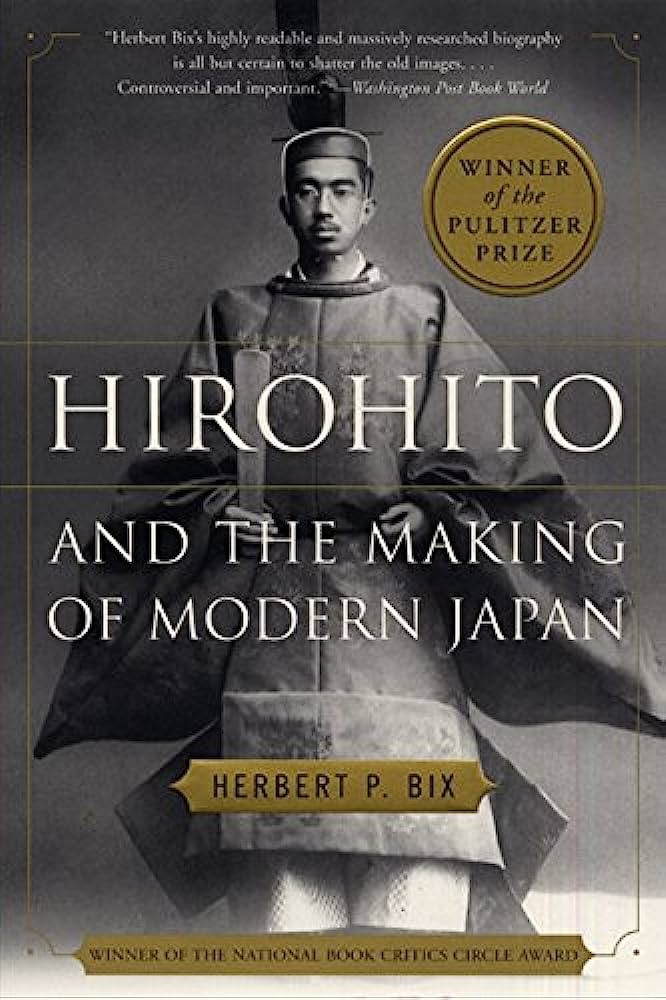
Herbert P. Bix’s biography of Japanese Emperor Hirohito, which won the Pulitzer Prize, is titled Hirohito and the Making of Modern Japan. (Source: Internet)
Harvard University awarded Herbert P. Bix his PhD in history and Far Eastern languages. He grew up in Winthrop, Massachusetts. He has published a lot of articles on modern and current Japanese history in prestigious publications in the US and Japan during the past thirty years.
He has previously taught Japanese history at a variety of American and Japanese colleges, most notably at Harvard. He is presently a professor at Hitotsubashi University at Tokyo’s Graduate School of Social Sciences.
- Bix, Herbert P (Author)
- English (Publication Language)
- 880 Pages - 09/27/2016 (Publication Date) - Harper Perennial (Publisher)
9. Sengoku Jidai. Nobunaga, Hideyoshi, and Ieyasu: Three Unifiers of Japan
The book Sengoku Jidai is a history of Japan, focusing on the Sengoku Jidai, often known as the “Age of Warring States.” Professor of Japanese history at Oxford University, Danny Chaplin, is the author of this book.
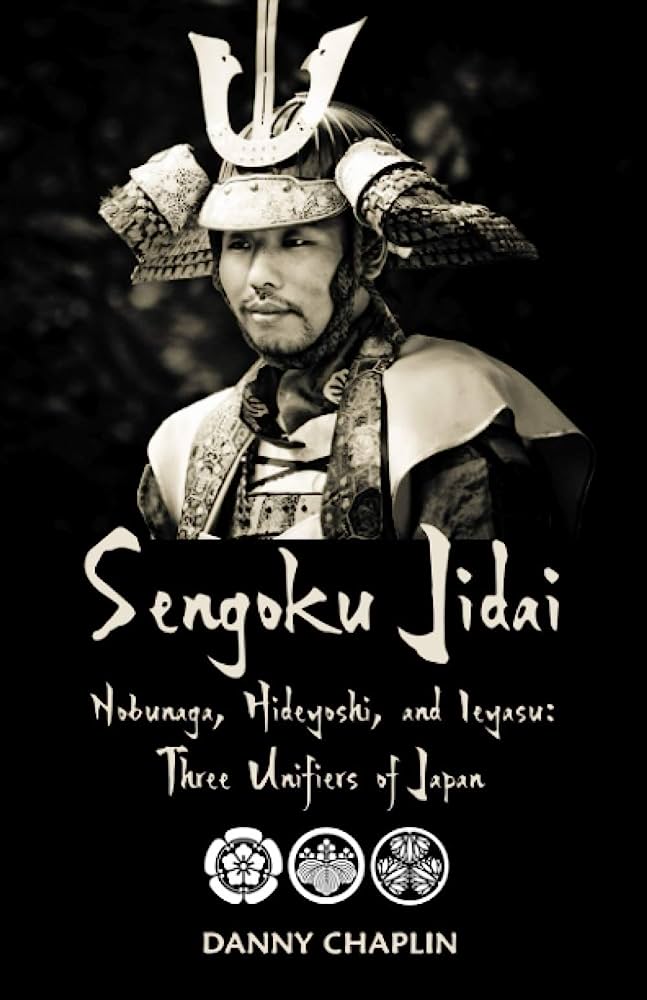
The book Sengoku Jidai is a history of Japan, focusing on the Sengoku Jidai, often known as the “Age of Warring States.” (Source: Internet)
Chaplin discusses the Sengoku Jidai’s significant political, social, and economic changes as well as their effects on Japanese society as a whole in the book. Additionally, he analyzes the significant historical individuals of the time, like Oda Nobunaga and Toyotomi Hideyoshi, and how their deeds influenced Japanese history.
Overall, Sengoku Jidai is a well-written, informative book that gives readers a thorough picture of one of the most significant eras in Japanese history.
- Amazon Kindle Edition
- Chaplin, Danny (Author)
- English (Publication Language)
- 640 Pages - 01/09/2018 (Publication Date)
10. Daughters of the Samurai: A Journey from East to West and Back
Japanese history is included in Janice P. Nimura’s book Daughters of the Samurai. The book chronicles the lives of five young ladies who were chosen to travel to America with a Japanese delegation in 1871. The Iwakura Mission, a group of these women, was instrumental in bringing the West to Japan.
Their stay in America, their return to Japan, and their following efforts to modernize the nation are all covered in the book. Anyone interested in Japanese history or the Meiji era will like Nimura’s book since she does a fantastic job of bringing these intriguing historical personalities to life.
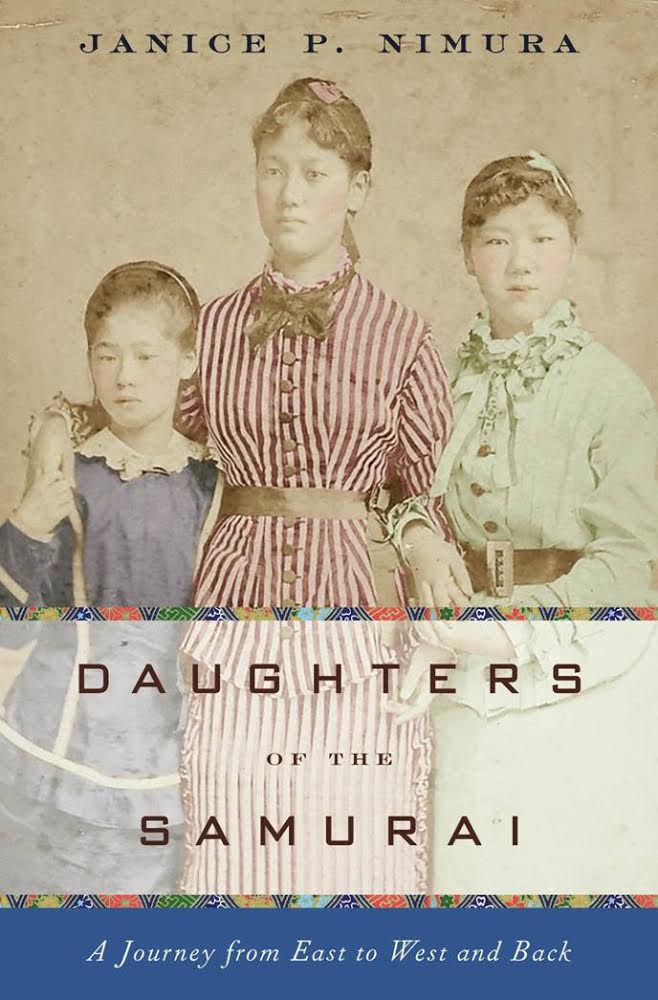
The book chronicles the lives of five young ladies who were chosen to travel to America with a Japanese delegation in 1871. (Source: Internet)
The Doctors Blackwell, which reached the top of the New York Times bestseller list, and Daughters of the Samurai, which was named a New York Times Notable Book, were both written by Janice P. Nimura, who also received the 2017 Public Scholar award from the National Endowment for the Humanities.
- Amazon Kindle Edition
- Nimura, Janice P. (Author)
- English (Publication Language)
- 320 Pages - 05/04/2015 (Publication Date) - W. W. Norton & Company (Publisher)
11. A Modern History of Japan: From Tokugawa Times to the Present
A Modern History of Japan by Andrew Gordon provides a thorough examination of contemporary Japanese history. The best summary of Japan’s experience with militarism, World War II, the American occupation, and the ensuing economic rollercoaster is provided by author Andrew Gordon.
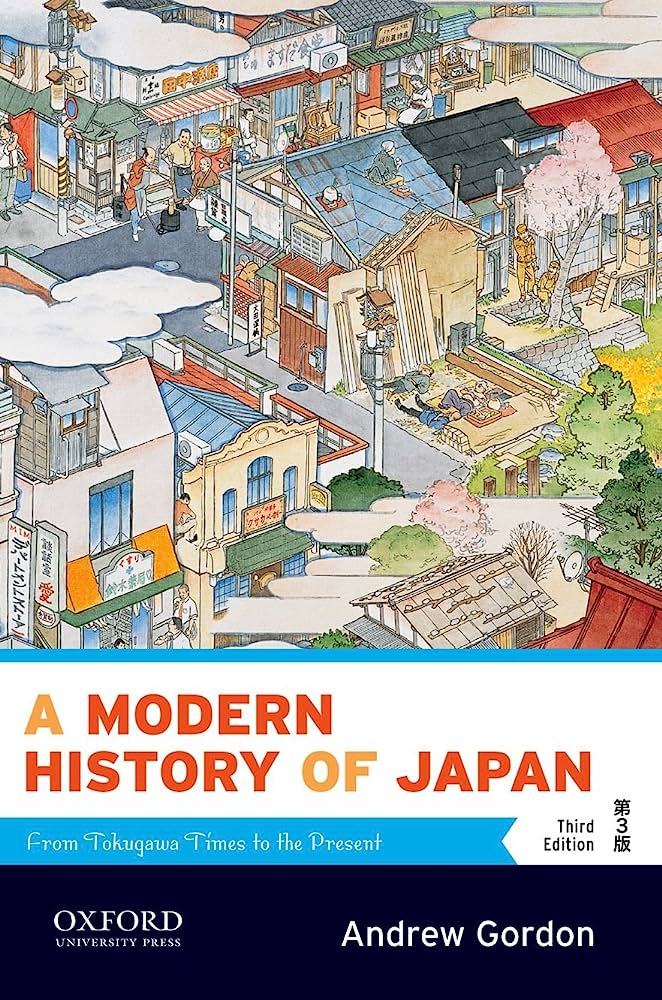
A Modern History of Japan by Andrew Gordon provides a thorough examination of contemporary Japanese history. (Source: Internet)
The fourth edition of A Modern History of Japan: From Tokugawa Times to the Present offers a highly textured and remarkably fresh depiction of Japan’s last two centuries. At Harvard University, Andrew Gordon has the title of Lee and Juliet Folger Fund Professor of History. For everyone who wishes to learn more about Japan and its people, reading this book is a must.
- Gordon, Andrew (Author)
- English (Publication Language)
- 464 Pages - 07/05/2019 (Publication Date) - Oxford University Press (Publisher)
12. History of Art in Japan
From painting and sculpture to architecture and textiles, Japanese art is extraordinarily rich and varied. Nobuo Tsuji’s History of Art in Japan is a great place to start if you want to learn more about this interesting topic. With a focus on the major trends and styles that have developed through time, the book examines Japanese art from its inception up to the present.
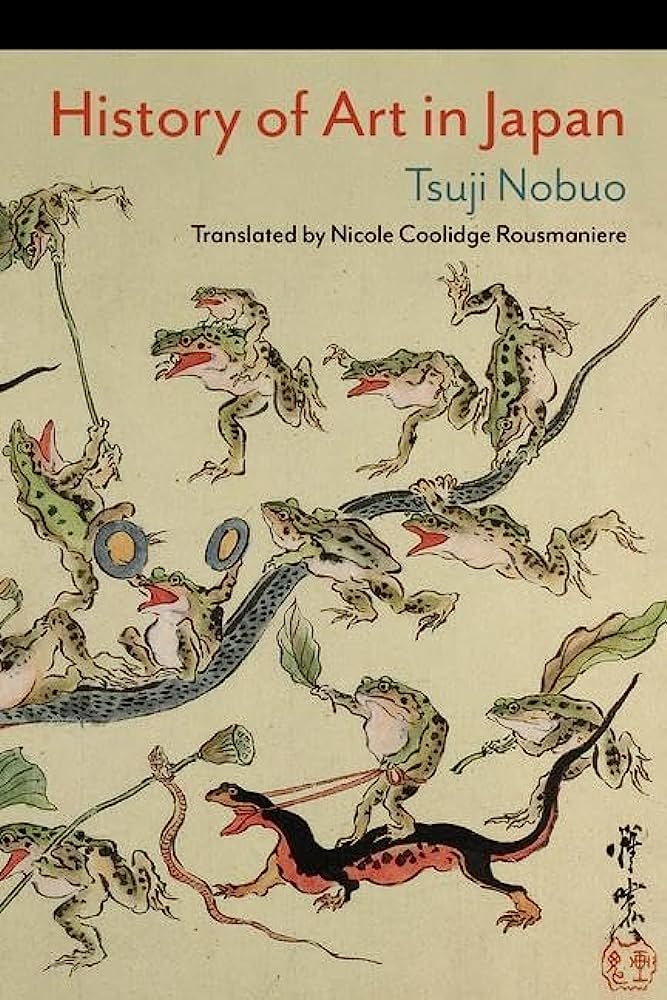
Nobuo Tsuji’s History of Art in Japan is a great place to start if you want to learn more about this interesting topic. (Source: Internet)
Tsuji Nobuo is a former director of the Chiba City Museum and the Miho Museum as well as a professor emeritus at the University of Tokyo and Tama Art University. Tsuji is a specialist in Japanese art, and every page displays the breadth of his understanding. This book will undoubtedly provide unique insights into the Japanese art scene, whether you’re a total beginner or a seasoned academic.
- Tsuji, Nobuo (Author)
- English (Publication Language)
- 664 Pages - 10/08/2019 (Publication Date) - Columbia University Press (Publisher)
FAQs
1. What is the first book of Japanese history?
The oldest existing large-scale works compiled in Japan are the historical chronicles Kojiki (712) and Nihon Shoki (720).
2. What is regarded as the greatest piece of Japanese literature?
The Tale of Genji is largely regarded to be the finest piece of literature in Japanese history, so much so that ukiyo-e artists of the Edo period dedicated their lives to creating graphic recreations of events from Shikibu’s novel in woodblock prints (see out The Tale of Genji in Japanese Art).
3. Does Japanese history hold my interest?
Japan has had one of the most interesting histories of any country on Earth. Japan, which was first colonized by people who fled the Asian mainland in prehistoric times, has experienced the rise and fall of emperors, samurai warrior control, seclusion from the outside world, expansion across much of Asia, defeat, and rebirth.
4. What was Japan’s previous name?
Prior to Nihon’s official adoption, Japan was referred to as Wa or Wakoku. Early China referred to an ethnic group residing in Japan during the Three Kingdoms Period as wa.
5. Who is the best-known novelist in Japan?
Most people agree that Natsume Soseki is the finest contemporary author in Japanese history. After a challenging upbringing and a terrible period of government-funded study in London in 1900 as “Japan’s first Japanese English literary scholar,” he eventually achieved fame and fortune with his novels and short stories.
6. Which Murakami book ought I to start with?
Why not start from the very beginning? This strange, magical realist tale about the complicated search for a VIS (Very Important Sheep), in which cryptic letters, crucial photos, and perfectly-formed ears abound, served as Murakami’s early introduction to the English-speaking world.
7. Do I need to read Ikigai?
You can boost your internal optimism by reading the Ikigai book. It encourages you to experience inner peace and happiness in your life. You can concentrate on your mental stability and will to live as a result. Once your purpose is in sight, you lead a healthy lifestyle, and you have the right perspective, positivity will emerge from inside.
8. Is studying Japanese worthwhile?
Learning Japanese opens the door to other languages that differ from English on a comparable scale. For instance, if you know Japanese, learning Chinese, Korean, and Arabic would all be simpler.
9. Why is learning Japanese history important?
One of the most distinctive histories in the world is that of Japan. There is a wealth of information to be learned about shoguns, ninja, and samurai. You will have a far deeper knowledge of Japanese culture and language if you learn about its history.
10. Which Japanese era was the best?
The Heian era is regarded as the height of traditional Japanese culture. From this point onward, Buddhism and local Shinto traditions coexisted in Japanese religious life.
Conclusion
In conclusion, delving into the captivating history of Japan through literature opens up a world of knowledge, insights, and appreciation for this remarkable nation. The best books about Japan history offer a gateway to understanding its rich cultural heritage, significant events, and societal transformations.
Remember, the selection of “best books” is subjective and based on recommendations. There are countless other excellent books about Japan’s history that may resonate with different readers. The key is to continue exploring and learning, using these books as a starting point on your journey of discovery.
We hope that this list of the best books about Japan’s history inspires you to delve deeper, explore further, and continue your exploration of this captivating nation. Happy reading, and may these books open new doors of understanding and appreciation for Japan’s remarkable history.







